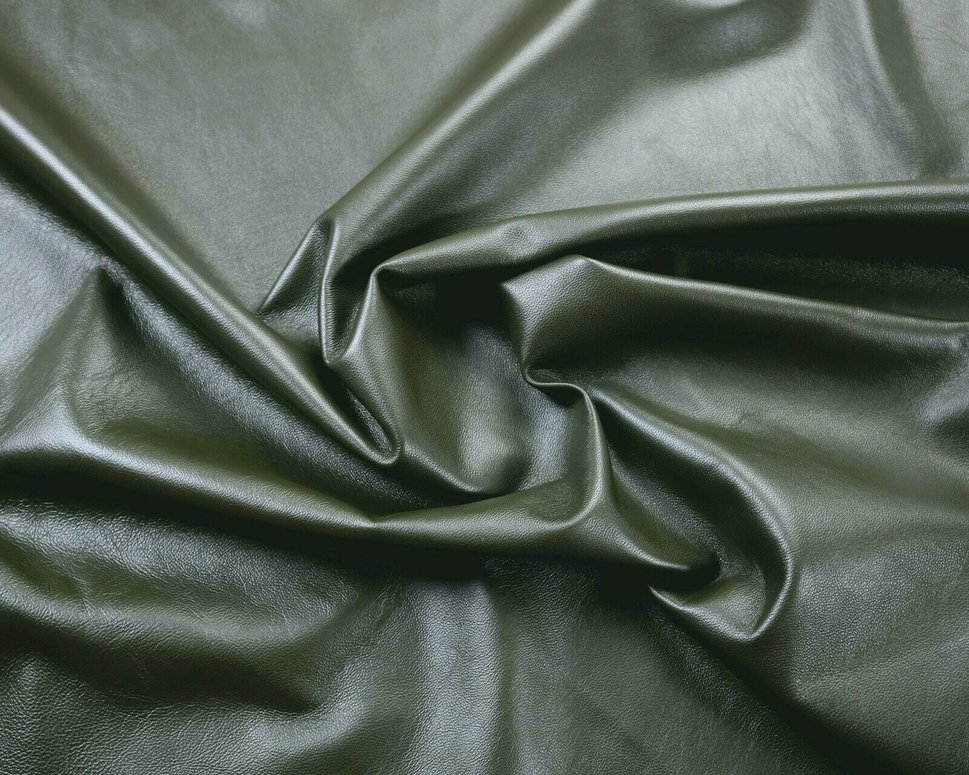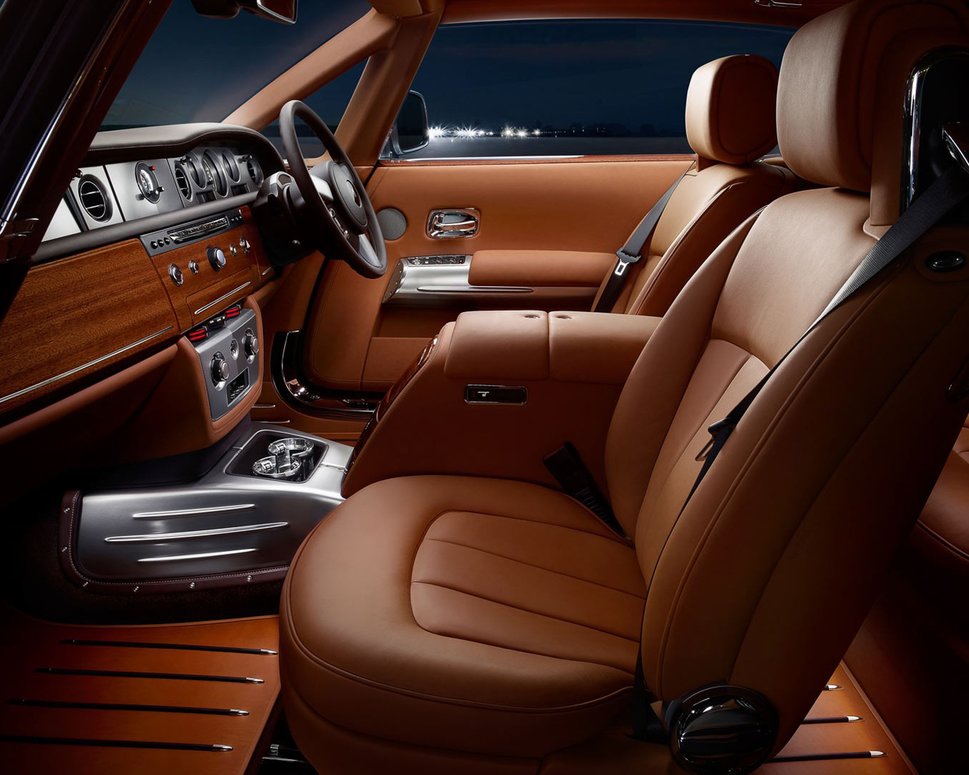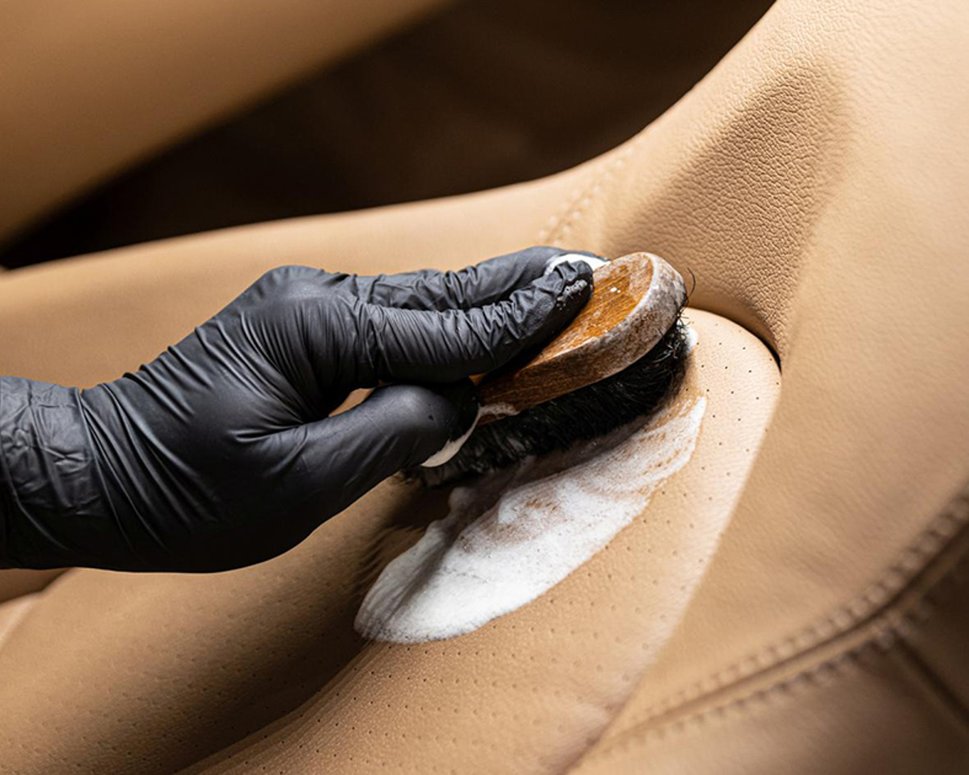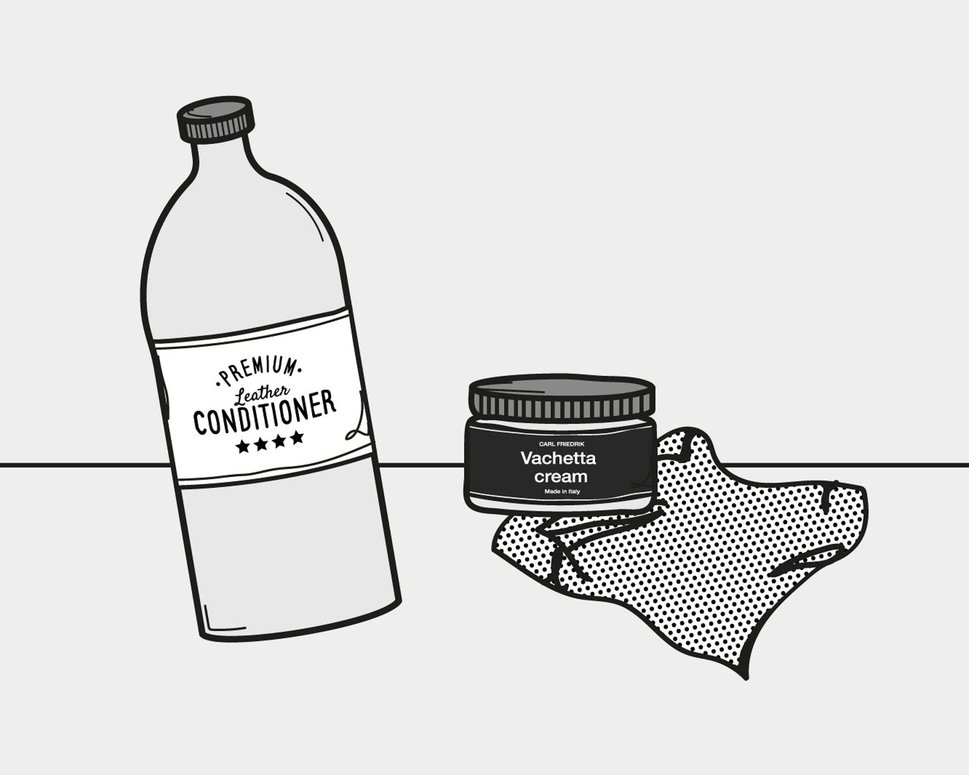What is Nappa leather?
Published 2 years ago

Contents
Soft with a luxe-smooth texture, Nappa leather is a sought-after commodity for designer accessories and high-end automotive upholstery.
But similar to genuine leather, there is no absolute definition for Nappa leather. What is Nappa leather, then?
It’s a generic term for any luxury leather that’s soft, smooth and strong. Understandably, its ambiguous nature can lead to confusion among consumers.
To help untangle the mystery, we’re covering Nappa leather in-depth. This post explains everything you need to know, from core characteristics to handy maintenance tips.

What is Nappa leather?
Defining Nappa leather is somewhat problematic because it has become a catchall term for leather with a soft, thin texture and durable, long-lasting properties.
Here’s what we can say for sure. As it’s not a definitive leather type (like patent leather, or nubuck), the material can encompass numerous properties. The exact finish, grain, thickness, colour and pattern may vary, not to mention the quality.
Generally, however, Nappa is a natural, high-quality leather made from a full-grain hide with an uncorrected surface. Most Nappa comes from cows, although some tanners use infantile hides from calves, kid goats or lambs.
The softness of Nappa leather stems from the fact it is chrome-tanned, not vegetable-tanned. Chromium and aluminium sulphates are the tanning agents responsible for altering the texture of the hide.
Lastly, Nappa leather is often associated with quality because it is commonly taken from the full-grain section of the hide — the prime cut if you will.
History of Nappa leather
In 1875, a German emigrant, Emanuel Manasse, invented the Nappa tanning process while working at the Sawyer Tanning Company in Napa Valley, California (hence the name).
Manasse began using the luxurious leather to create high-end gloves for California’s economic elite. Nappa gloves rapidly became renowned for their soft touch and longevity.
While in the 19th century Manasse leveraged vegetable tanning agents and alum salts to produce Nappa leather, modern tanneries make use of chromium tanning — where chrome ions remove water molecules from the collagen in the hide — to achieve the desired softness.
Nappa leather is also usually dyed using water-soluble colourants to retain the finish and offset fading. The dying process makes Nappa easier to clean.
While gloves remain a steadfast Nappa staple, modern-day manufacturers create a broad range of products using Manasse’s innovative tanning technique. Even some Italian Nappa leather designers now incorporate the iconic look.
However, Nappa has become an ambiguous marketing term — retailers toss the name around with little regard for quality. As it’s not a definitive leather type, a Nappa label doesn’t guarantee a high-quality product. The consumer should research each supplier’s reputation rather than assume Nappa equates to quality.

Uses of Nappa leather
With a soft and smooth yet hardy composition and an aesthetically pleasing finish, Nappa is a top option for high-end accessories. Moreover, tailors love working with Nappa leather as the soft material cuts smoothly and is easy to sew.
Prestigious fashion designers use Nappa to create a plethora of leather goods, from wallets to purses and bags. Brands like Coach, Prada, Gucci, and Tumi make good use of its desirable qualities in products such as:
· Nappa leather gloves
· Nappa leather shoes
· Nappa leather bags
The automotive industry readily uses this luxurious leather to upholster premium cars. You can find Nappa leather seats in premium cars from the likes of BMW, Porsche, Rolls-Royce, Mercedes, Audi, and Bentley.
But as it’s quite expensive, not every prestigious car boasts Nappa upholstery, and those that do may only include it on a select few interior surfaces. Some manufacturers feel other materials simply look better in their cars. Lamborghini, for example, famously prefers to deck its supercars out with synthetic Alcantara.

Characteristics of Nappa leather
The innovative chrome-tanning process is what gives Nappa its highly sought-after soft, smooth texture.
The water-soluble colourants from the dying process afford Nappa leather durability, allowing the surface to withstand fading even when exposed to prolonged sunlight. These same colourants also give Nappa its trademark vibrant hue.
Advantages of Nappa leather
· Chrome-tanned for a soft, smooth texture
· Water-soluble colourants enhance its fade-resistant properties
· Full-grain hide retains original texture and markings to add interest to the finish
· Doesn’t absorb liquids quickly
· Hypoallergenic properties make it unlikely to provoke allergies
· Can be dyed in a gamut of vibrant colours
· Pliable properties make it ideal for flexible apparel
· Easy to cut and sew for manufacturers and tailors
Disadvantages of Nappa leather
· High price point
· Gets hot in summer and cold in winter (like most leather types)
· Porous nature makes it vulnerable to liquid stains
· Susceptible to dirt and moisture damage
· Costly to repair when damaged
· Cleaning and maintenance are essential to guarantee longevity
How to care for Nappa leather
To safeguard your investment and keep your Nappa looking pristine, it’s crucial to follow a stringent maintenance regime.
Here’s how to clean and condition Nappa leather.

How to clean Nappa leather
As Nappa leather is comprised of natural fibres, it’s crucial to keep the surface clean, so you can maintain the aesthetic.
Always spot-test any new cleaning product on a small, inconspicuous corner. Even a tiny drop of an unsuitable solution could cause permanent damage to the surface.
Gather the following products: lint-free cloth and leather cleaner suitable for soft leathers.
Once you’ve got the gear, take the following steps to clean dust and light dirt from the surface:
1. Use a slightly damp lint-free cloth to rub the surface in a circular motion
2. Allow the water to air dry
Don’t get the cloth too wet or allow liquid to soak into the leather, as excess water can stain. Note that non-dyed Nappa leather is particularly prone to water damage
A damp cloth won’t suffice for caked-on grime and deep-seated stains. In this case, you’ll have to spring for your leather cleaner. Only use a product rated for soft leather; avoid wax-based cleaners or polishes as these might cause long-lasting damage. Always remember to spot-check first.
1. Apply the leather cleaner to your lint-free cloth as directed
2. Dab at the stains — don’t rub
3. Allow the surface to air dry
For light grime, mild dishwashing soap can work in lieu of a leather cleaner.

How to condition Nappa leather
Conditioning your Nappa leather is essential to maintain its vibrant finish. Forgoing this step could lead to long-lasting degradation or stains.
Unfinished Nappa leather is prone to drying out, so you must condition the surface more frequently.
Gather the following essentials: leather conditioner (wax, oils, or cream), protective finish (natural/synthetic wax or an acrylic such as resolene) and soft, lint-free cloth.
Clean the surface using the steps above before you begin conditioning. Once you’ve allowed time to dry, do the following:
1. Apply your conditioner of choice to a soft cloth as directed on the label
2. Rub the conditioner onto the surface in small circles and allow it to soak in
3. Wipe the excess off with a fresh, lint-free cloth
Your newly-conditioned Nappa leather will now be more supple and scratch resistant — plus, it will feel softer to the touch.
If you’re still stressing about scratches and stains, you should consider applying a protective wax or acrylic. However, be aware that a protective finish leaves a thin layer of film on the surface, which may mask its eye-catching natural aesthetics. It’s a tricky trade-off.
Should you decide to proceed, consult the product label and follow the same steps for applying the conditioner. Always spot-test a small area first to see how it reacts.
Is Nappa leather worth it?
Premium, full-grained Nappa leather looks sublime and boasts a lovely soft, smooth texture. Moreover, its long-lasting properties make it an enticing investment that’ll last for years.
However, like any premium product, you’ll pay for the privilege of show-boating a dapper Nappa aesthetic. The high price point and easy-to-stain, porous nature (constant conditioning is essential) make some consumers shy away.
So is Nappa worth it for you?
If you’re happy to pay a premium and make an effort with your maintenance, this prestige leather is entirely worthwhile. Otherwise, consider switching to a more affordable leather with an undemanding maintenance regime.
What is Nappa leather?
+
Is Nappa leather real leather?
+
What is Nappa leather made of?
+
Saffiano vs Nappa leather?
+
Is Nappa leather vegan?
+
Is Nappa leather durable?
+